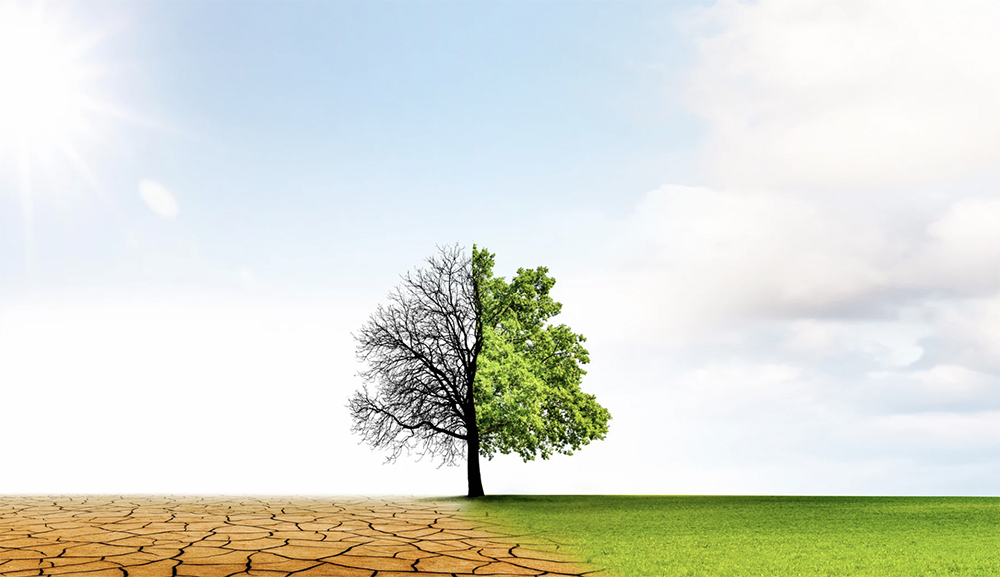By Meteorologist Joe Martucci
Mother Nature has made up for lost time, bringing plentiful rain to the state since March 5. That’s led to three consecutive weeks of improved drought status, according to the United States Drought Monitor.
The improved status is clearly visible in the latest update (dated March 20) from the United States Drought Monitor.
From New Year’s Day through March 4, 3.81 inches of rain fell at Atlantic City International Airport in Egg Harbor Township, according to the National Oceanic and Atmospheric Administration. From March 5 until March 21, 4.75 inches of precipitation fell.
The Sen. Frank S. Farley State Marina in Atlantic City saw a similar increase, recording 4.47 inches of precipitation March 5-21. Before that, it was 3.44 inches since the year began.
It’s not just Atlantic County. Longtime weather reporting stations in Long Branch (Monmouth County), Trenton (Mercer County), and Philadelphia all saw as much or more precipitation, since March 5, than the previous 64 days of the year.
The weather pattern favors more storminess through the first week of April. So the shore should continue to see steady or improved drought status. However, improvement for the rest of the spring is considered unlikely. We will say more about that in the moment.
The South Jersey shoreline, from Stafford Township and Long Beach Island on south, improved from extreme drought (a level three of four drought), to a severe drought, (a level two of four). That’s our lowest level since Nov. 5, 2024.
Inland Atlantic County (west of the Garden State Parkway), was still in extreme drought, though. Those areas join most of Cumberland County, and a small portion of inland Cape May County. This is the only area east of the Mississippi River in significant drought, as my friend and New Jersey State Climatologist Dave Robinson texted me last week.
Still, New Jersey’s drought is improving. The 14% of the state in extreme drought is the lowest since Oct. 29, when the state was in the midst of its historic driest month on record.
The waning days of March, and the beginning of April bring plenty of opportunities to improve drought even more.
Rain fell on March 24. The Climate Prediction Center, part of NOAA, gives a lean toward wetter conditions around our area through April 4. That’s because the jet stream – the river of air about 30,000 feet high – will be over or around New Jersey during this time. Think of the jet stream as the storm track, with a colder air mass to the north and warmer air mass to the south. This is in part a reaction to the polar vortex entering the Northeast last week, which I talked about on social media if you follow me there.
We’ll take what we can get. In March, 0.75 inches of rain a week generally keeps us from slipping further into drought. Over an inch, like we’ve seen for most of March, will improve drought’s status.
However, once we go into April, water usage increases. The sun evaporates more water out of the ground as it goes higher in the sky. We’ll need an inch per week just to keep up, with over 1.25 inches a week to improve drought. These need to be region-wide soakers, too.
Sure, 3 inches of rain in Linwood from pop-up thunderstorms is great. However, in order for the Kirkwood-Cohansey Aquifer, from which southeastern New Jersey gets its drinking water, and reservoirs for the rest of the state to recharge, we’ll need rain from a coastal storm or a large inland low-pressure system.
As of March 20, levels in the Manasquan Reservoir were at about 78% of capacity, according to the New Jersey Water Supply Authority. Typically, 97% is the average for March, according to the agency.
The underlying data still shows there’s work to be done. As of March 16, average stream flows over the past 90 days are still in the “extremely dry” category up and down the Jersey Shore. In the southern part of the shore, it’s been this way for 22-straight weeks.
Groundwater remains extremely low for the 12th week in a row in this area, too. However, there’s been improvement in the rest of the eastern half of New Jersey.
I took a deep dive into the Climate Prediction Center’s outlooks. They break it down into three-month periods.
The way I read it is I should expect a more humid-than-usual summer. That will at least increase the probability of pop-up thunderstorms. That’s good news, but again, we’ll need widespread rainmakers, which are unlikely in our climate once we hit mid-June. Rain storms from tropical cyclones don’t make their way here until late July, usually.
In a bit of good news, there is a small lean toward wetter weather than usual here. A remnant storm or two would do wonders for us. We failed to get any last fall, which led us into this drought anyway.
In my opinion, the best case scenario is that drought doesn’t worsen over the next few months. Then we get a tropical cyclone or two to pull us back to normal.
The worst-case scenario: The extreme drought (level three) expands back to the Jersey Shore. The state would seriously need to consider their first drought emergency since 2002, and the mandatory drought restrictions that come with it, later in the spring.
The NJDEP issued a statewide drought warning last November which called for voluntary water restrictions.
Joe Martucci, a Certified Broadcast Meteorologist and Digital Meteorologist, is the President and Director of Meteorology for Cup A Joe Weather and Drone. You can connect with him at cupajoe.live.

















